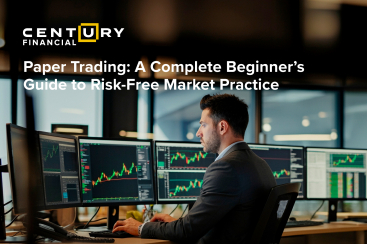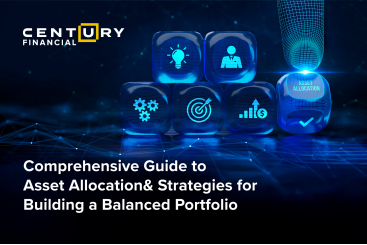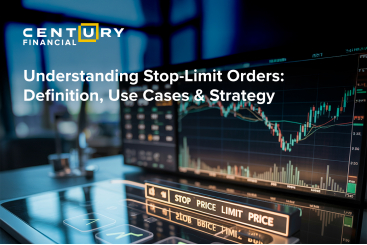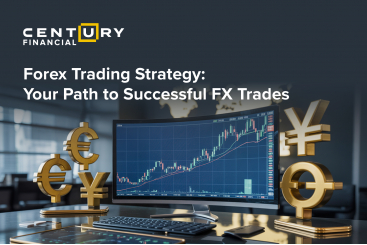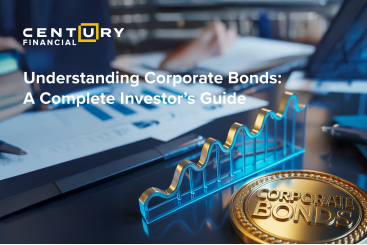Tuesday, December 06, 2022
Momentum Investing: Everything you need to know
تم إعداد هذا المنشور من قبل سنشري للاستشارات

.jpg)
Momentum investing has been an extremely popular trading and investment strategy among investors, experts and retail investors. And with good reason. After all, it picks stocks that are already on an upward trajectory. However, when market volatility is persistent like we have seen this year, with global supply disruptions, geopolitical conflicts, high inflationary pressures, and rising interest rates, you realise the strategy's vulnerability. But before we get too far ahead, let's learn more about momentum investing.
What is momentum investing?
In physics class, you would have learnt Newton's first law – "An object at rest remains at rest, or if in motion, remains in motion at a constant velocity unless acted on by a net external force." The same rule applies to momentum investing. So when the stock prices rise in the stock market, there is an expectation that the growth trend will continue for the next couple of months. And this is why it is deemed by many as an interesting investment concept.
Conventional wisdom will tell you to make a great trade, you need to buy low and sell high. But, of course, momentum investing defies this notion, with the aim being – to buy high and sell even higher.
So investors who practice these momentum investing trading strategies are encouraged to purchase shares that are priced high or a stock that is on the rise. Most are attracted to such shares. This is because they are not concerned with the fundamentals of the stock but rather with company structure or performance.
So why do traders chase the momentum?
Well, there are two simple explanations as to why an investor chases the momentum.


So what to keep in mind when selecting a stock?
For momentum investors, their broader trading strategies, always relies on industry trends. That is why over the years, their strategies have concentrated towards energy stocks from tech stocks after they lost steam in late 2021. So, when it comes to momentum investing, these 3 factors should be considered.



For newbies, this seems like a solid investment strategy. After all, all you are doing is following the curve. But the truth is, you should rely on other strategies to boost your investments. For example, momentum investing requires you to be an active investor, where you react to price movements. This can be difficult if you aren't an active investor.
لا تقدم شركة سنشري للإستشارات والتحليل المالي ش.ذ.م.م (الشركة) محتوى هذه المدونة، بما في ذلك أي أبحاث أو تحليلات أو آراء أو توقعات أو أي معلومات أخرى (يُشار إليها مجتمعةً باسم "المعلومات")، إلا لأغراض التسويق والتثقيف وإتاحة المعلومات العامة. ولا يُفسَّر ذلك على أنه نصيحة استثمارية أو توصية أو دعوة لشراء أو بيع أي أدوات مالية.
كما يجوز نشر هذه المعلومات عبر قنوات مختلفة، بما في ذلك موقع الشركة الإلكتروني، ومنصات الغير، والنشرات الإخبارية، والمواد التسويقية، ورسائل البريد الإلكتروني، ووسائل التواصل الاجتماعي، وتطبيقات المراسلة، والندوات الإلكترونية، وغيرها من وسائل التواصل. وبينما تسعى الشركة لضمان دقة المحتوى، فإنها لا تضمن اكتماله أو موثوقيته أو تحديثه في الوقت المناسب. وعليه، فأي قرارات تُتخذ بناءً على هذه المعلومات تكون على مسؤوليتك الشخصية. ولا تتحمل الشركة أي مسؤولية عن أي خسارة أو ضرر ناتج عن استخدامها.
ينطوي تداول المنتجات المالية على مخاطر كبيرة، بما لا يتناسب مع جميع المستثمرين. فيُرجى التأكد من وعيك التام بالمخاطر، وطلب الاستشارة المهنية المتخصصة إذا لزم الأمر.
يُرجى الاطلاع على بيان كشف المخاطر الشامل المتوفر على موقعنا الإلكتروني.
